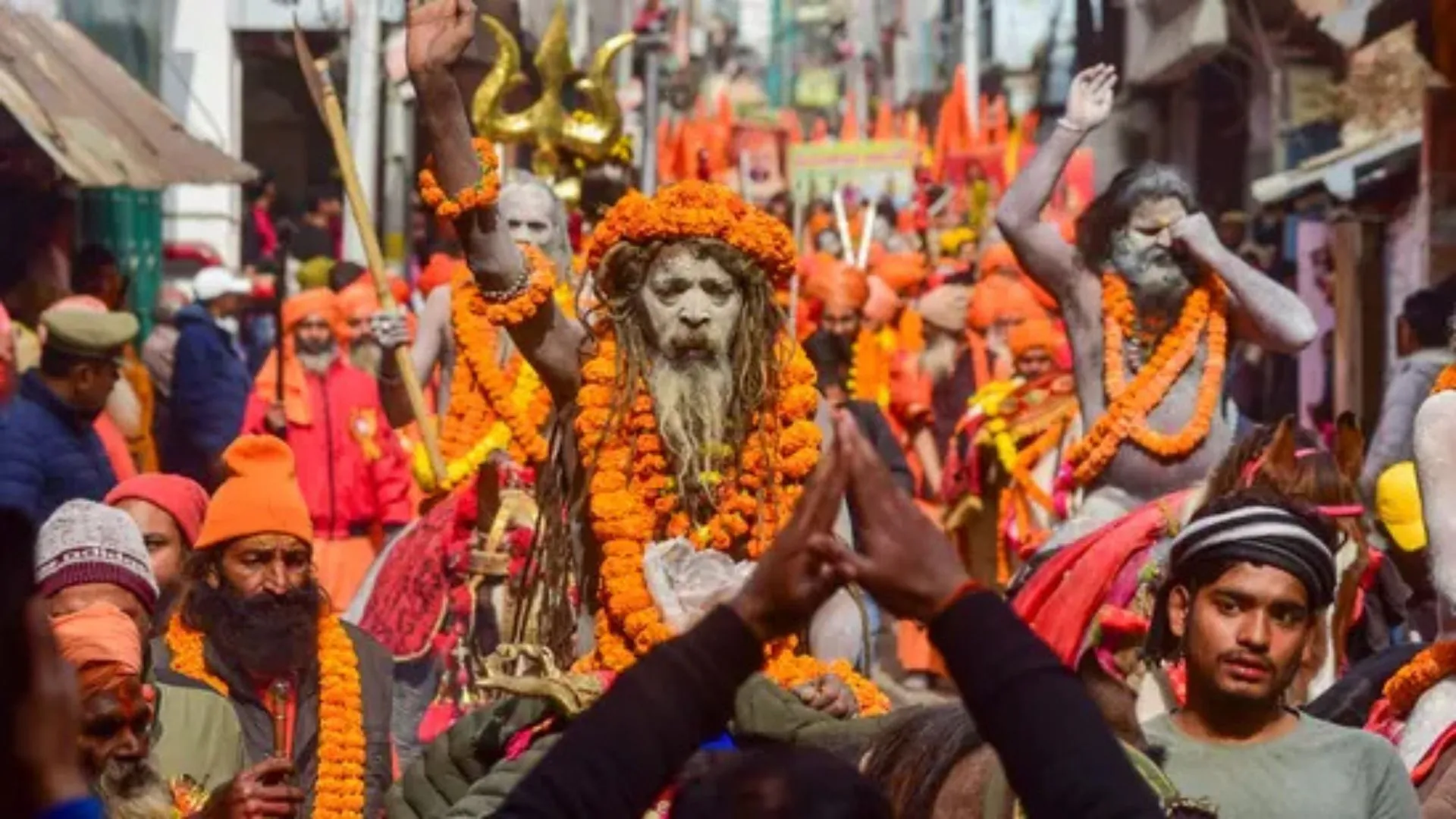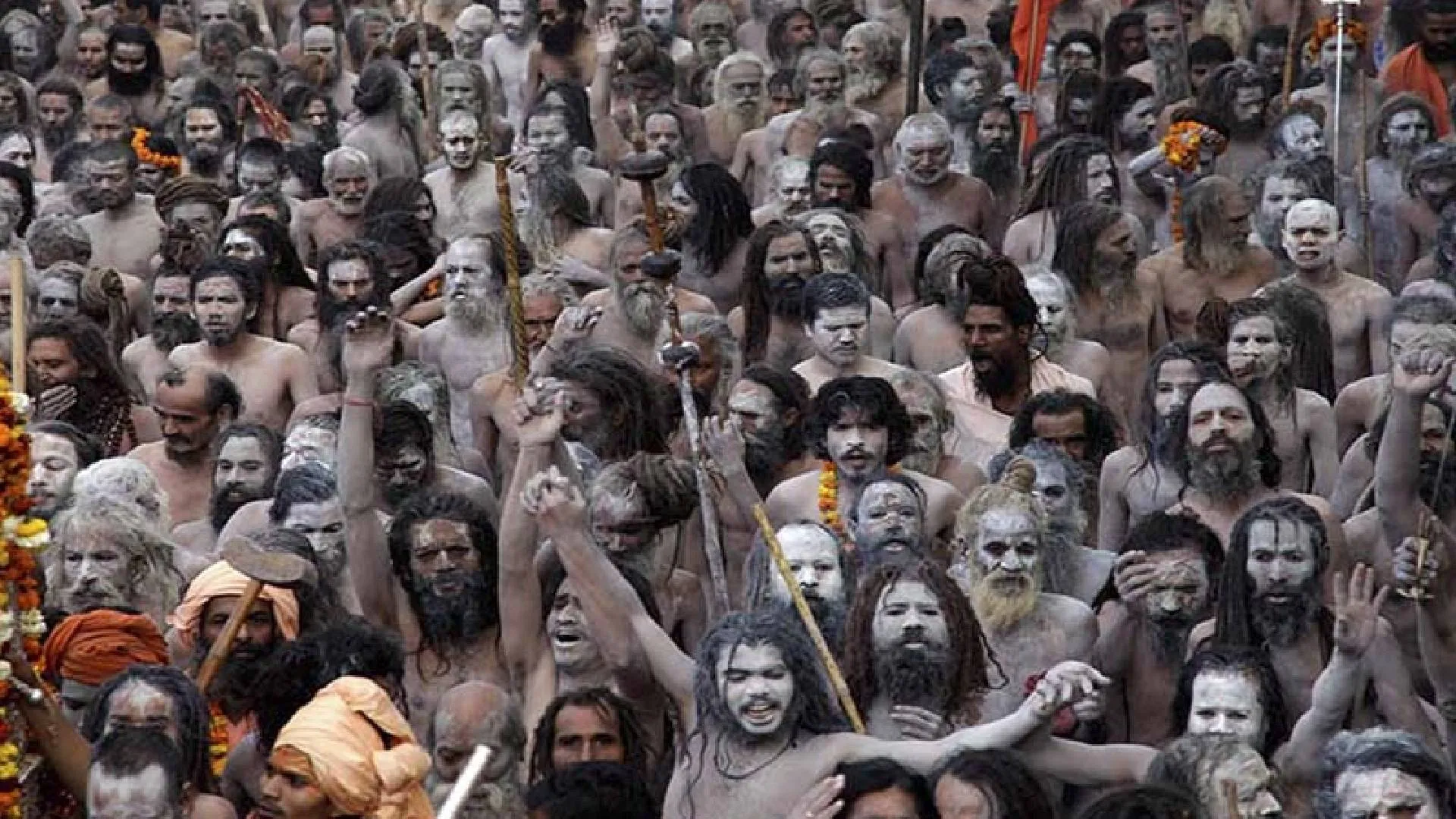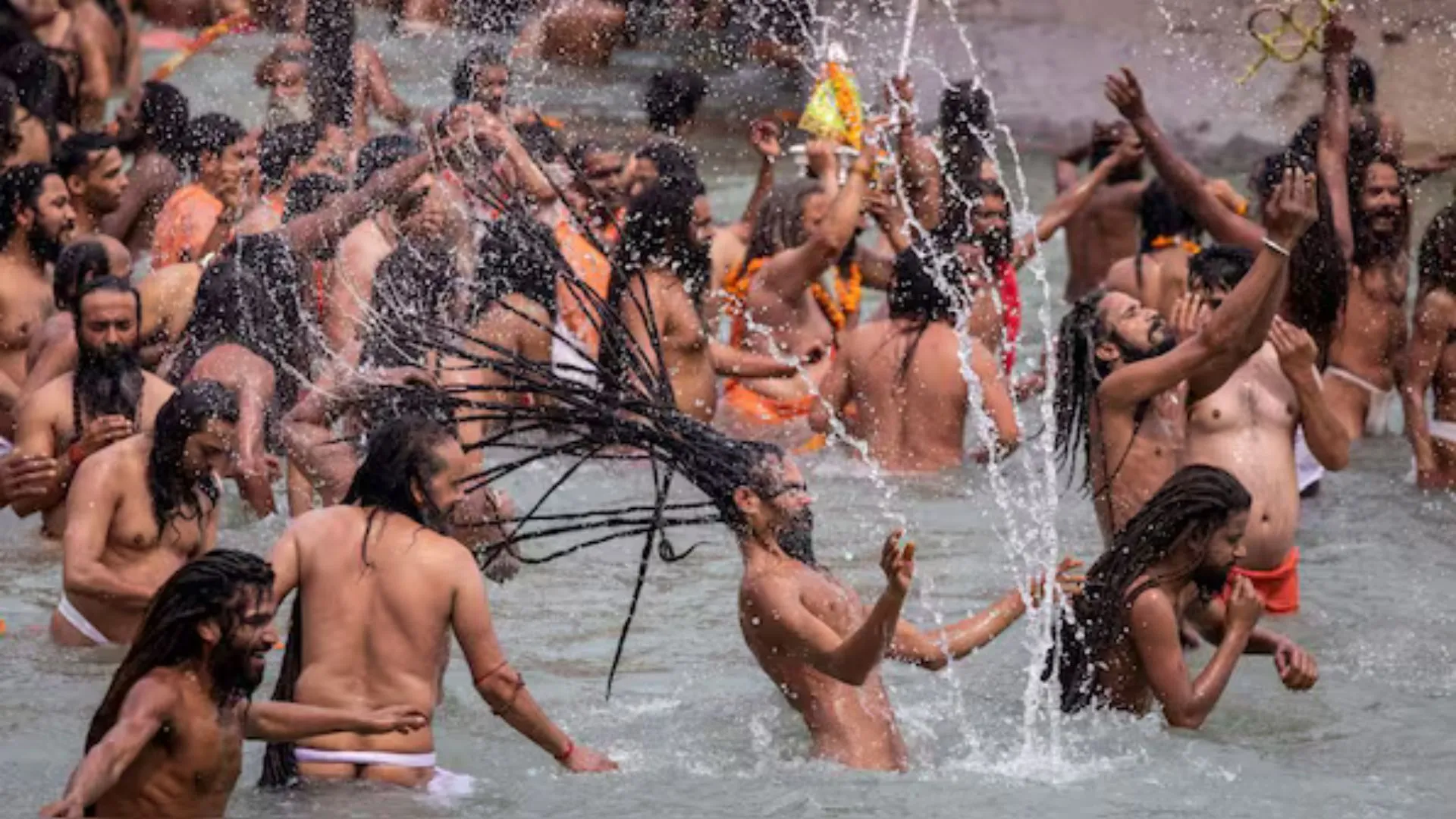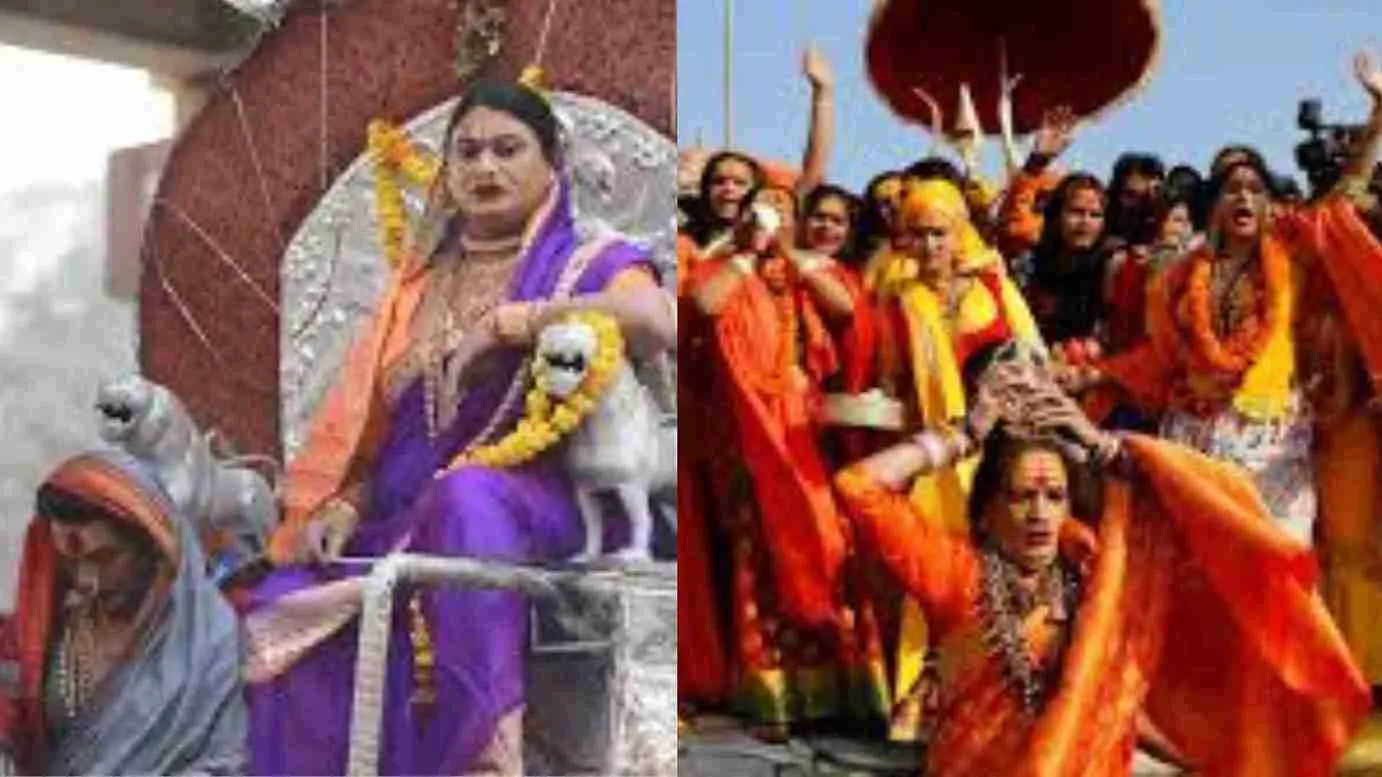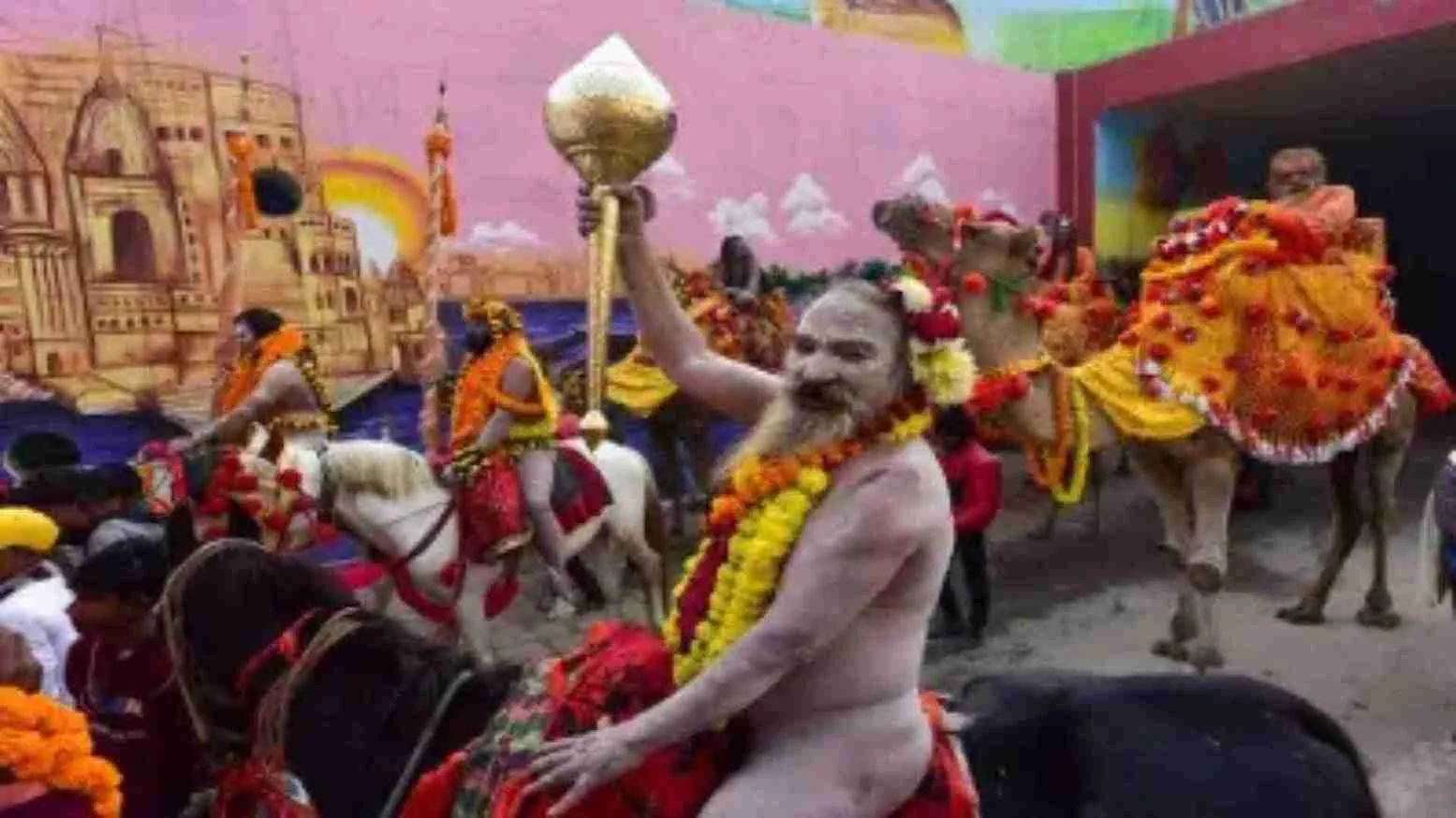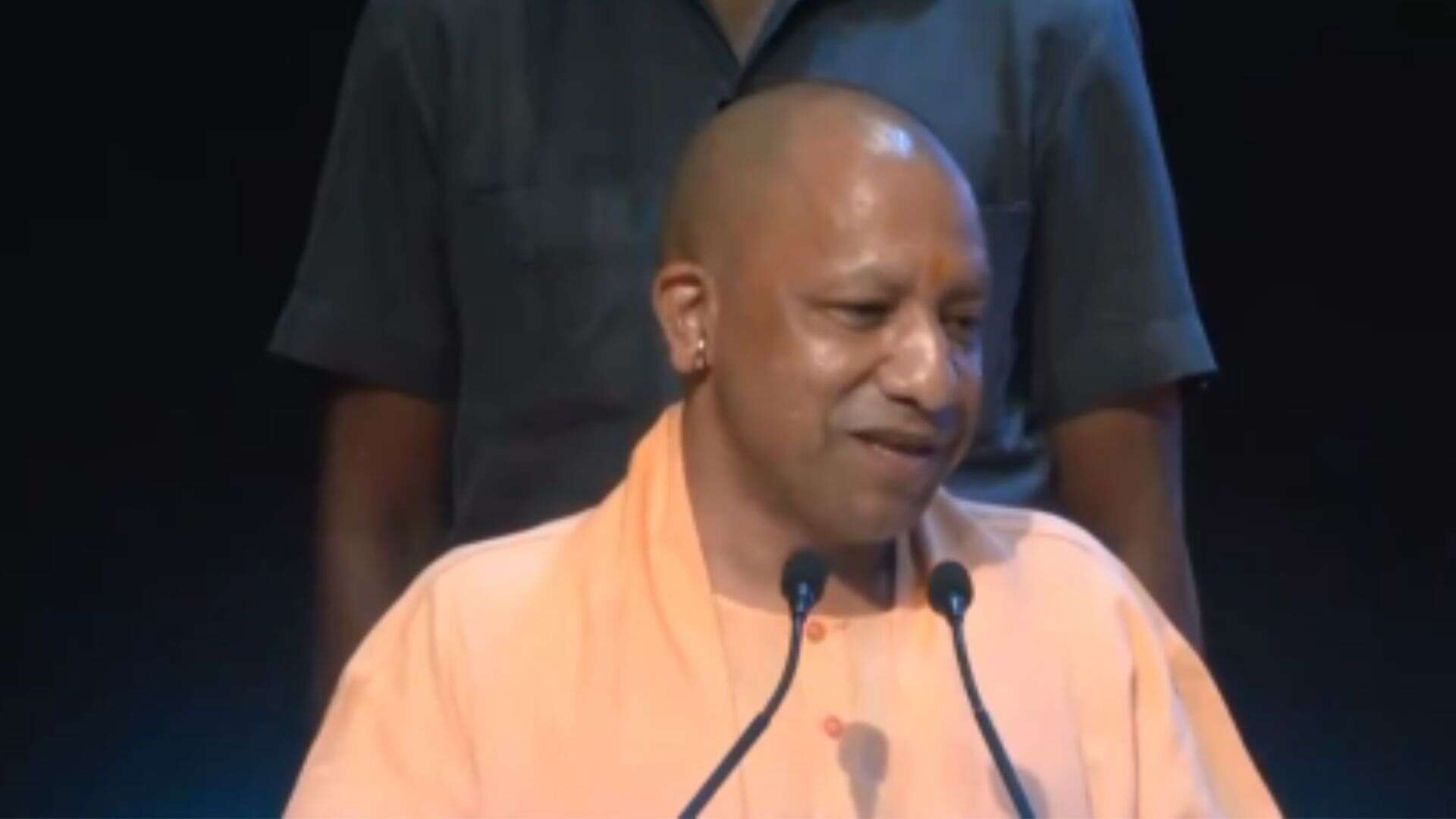The week between Ram Navami and Hanuman Jayanti is the time for very deep introspection. The first nine days of chaitra mas, celebrated as Chaitra Navratri, are to contemplate the self. Ram or soul is the awakening within us. It is the realisation of the real light of lights. However, the following week until the chaitra poornima, which is celebrated as Hanuman Jayanti, is still more important for the sadhaka.
Awakening of Hanuman chetana means the self-realisation transforming into the spirit of seva. One has awakened. One has realised, ‘I am Sacchidanand’. After this realisation arises, what do you do with it? In the worldly sense, this awareness is of no material use. You simply can’t sit and do nothing! This realisation needs to mature as seva bhava, as knowledge in action. This seva bhava is represented by Hanuman.
The Muktika Upanishad from the Shukla Yajurveda is a unique dialogue between Ram and Hanuman, the former instructing the latter in Vedanta, and refers to the canon of 108 Upanishads. Here, Hanuman asks Ram about the different kinds of Mukti, hence the name of the Upanishad. Rama answers, ‘the only real liberation is Kaivalya’.
Hanuman inquires further, ‘But by what means does one attain the Kaivalya kind of Moksha?’ Rama replies, ‘the Mandukya [Upanishad] is enough; if knowledge is not attained from it, then study the Ten Upanishads. Attaining knowledge very quickly, you will reach my abode. If certainty is not attained even then, study the 32 Upanishads and stop. If you desire Moksha without the body, read the 108 Upanishads.’ Then, the list of 108 Upanishads is introduced.
Hanuman was deeply immersed in the knowledge of the self, surpassing even Ram’s level of awareness. (Hanuman is said to have expressed 16 kalas, or marks of awakening, whereas Ram consciously manifested 12 Kalas, to remain human and conduct his leelas.) Hanuman is symbolic of full blossoming of consciousness- The total flowering in seva and in knowledge. It is also said that Lord Shiva came to serve Ram in the form of Hanuman.
Once, on being asked by Ram as to who he was, Hanuman replied, ‘Our bodies are different. In form, you are Man, and I am not. As the mind, I am your servant. As the soul, we are the same.’
Though all of us are different, the connecting factor between the body and the soul is the mind. Hanuman is this bridge. Our mind has to be trained to be the servant of the world. The mind can close the gap between the spiritual and the material. Hanuman makes life a game of being in service.
In seva too, one may say, ‘I am better or more efficient than others.’ It is these thoughts that defile silence. This is ego.
When all three- body, mind, and soul come together, it is then that one has fully blossomed. That is the appearance of Hanuman. Even if one of the three drops, there can be no blossoming. Thus, Hanuman Jayanti is the time of the great awakening- of how to act living in joyous awareness.
Inner silence must manifest through service, joy and action. No books or teachers can tell you how you must translate your inner awakening into action. You will need to figure it out for yourself.
Deepam Chatterjee is the author of The Millennial Yogi. He can be contacted on deepamchatterjee@yahoo.co.in


